Puppetry in opera?

Puppets are associated with magic and whimsy. On the other hand we see Opera as epic and grand, serious and heart wrenching with the main characters dying tragically.
Opera is often described as the world’s greatest art form. It offers a collective, cross-cultural, and rapturous experience that combines art and athletics, virtuosity and power, the epic and the intimate. Opera is the unamplified human voice interacting with dazzling doses of theatre, dance, visual art.
Opera in fact covers a spectrum of artistic forms – and Anne and I will cover some of these as we look at theatre and the arts over the enxt few days.
Surely there is no connection between Puppetry and Opera? – well not so.
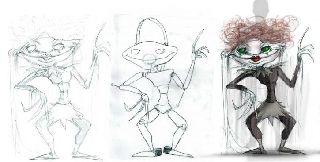
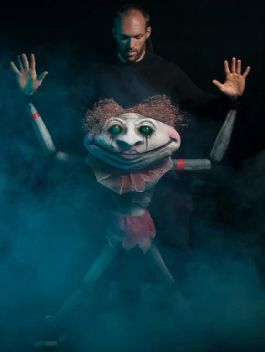
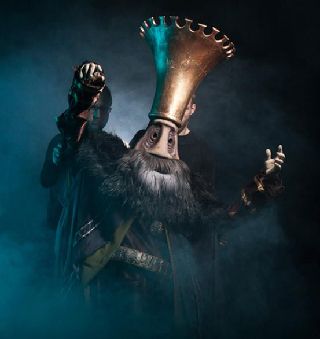
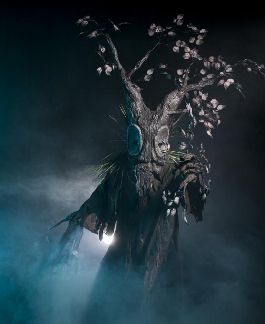
The characters are quite dark and strange, and a little bit creepy, but kids love that, attracting a younger audience, creating an original look and feel to an old classic that’s not normal for the opera. But then that’s how opera has stood the test of time, evolving with new audiences and techniques.
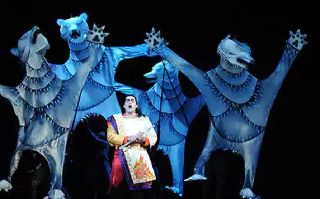
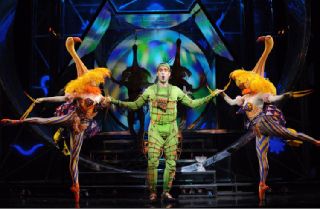
Puppets are a form of costume, a way to enhance the experience by the viewer. Costumes themselves are a more traditional form which we will look at in the near future.
Credits: Mozart's The Magic Flute, Julie Taymor Production, The Metropolitan Opera. Image from The New York Times, Dec 21, 2010.
